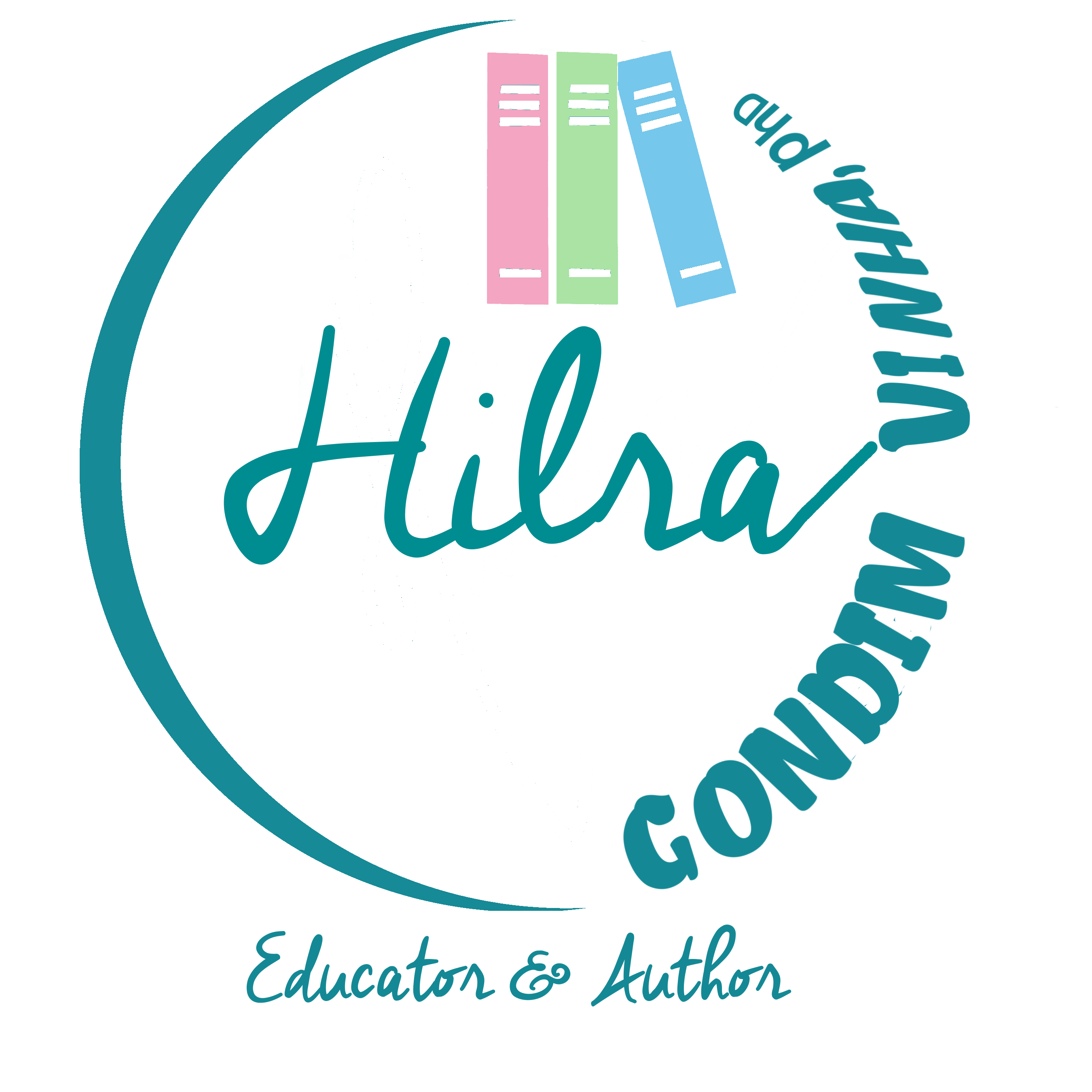Chapter 1: Knitting reality with imagination: the beginning of a reflexive journey 6
Episode 1: The encounter between the girl and the lady with a flowery hat 8
Episode 2: On how she became the lady with the flowery hat 12
Writing to find my voice: part one 15
Writing to find my voice: part two 17
Episode 3: On when she lost the purple flowers and became a dual woman 20
Episode 4: metamorphosing flowers and butterflies into a research project 24
Aftermath: The research project that emerged from the reality of this story 30
Shapes and colours: the organisation of the thesis 35
Chapter 2: Connecting with and developing the literature 38
Introduction: Reviewing the literature as part of the dialogue 38
1. That is me, that is you: visual and verbal representations of identity 43
1.1. The representation of self 45
1.2. The representation of the “other” 45
1.3. The use of visual and verbal metaphor 45
1.3.1. The two-dimensional model: psycho-scientific frameworks 49
1.3.2. The three-dimensional model: a socio-interaction framework 50
1.3.3. Positioning the present research 51
2. Representations of dis/ability: two contrasting epistemologies 51
2.1. The individual model of disability 52
2.2. The social model of disability 54
2.2.1. Discussing the social model and the turn to impairment 56
2.2.2. The Québec classification: an appraisal 62
2.2.3. Positioning the present research 66
3. Representations of learning difficulties: seeking a conceptualisation 71
3.1. Learning difficulties: a scientific view 74
3.2. Learning difficulties: a social justice perspective 77
3.2.1. The archaeology of a silence: self-advocacy and emerging voices 86
3.2.2. Positioning the present research 88
4. Visual and verbal in context: the educational state of affairs 88
4.1. Context matters 88
4.2. A less inclusive past 88
4.2.1. The legacy of special education 88
4.3. A more inclusive present 88
4.3.1. The relationship with attitudes/(representations?) 88
4.3.2. Positioning the present research 88
Chapter 3: MDesigning the methodology to support dialogical encounters 104
1. The dialogical inquiry: a response to the banking inquiry 106
1.1. Word-based stories: verbal voice 128
1.2. Image-based stories: visual voice 130
1.3. Language, communication and metaphor 134
1.4. Voice modulations and variations in context 135
2. Multimodal data collection: listening to and seeing life stories 137
2.1. Partitioning voices: participants as interlocutors 139
2.2. Settings: small worlds where relationships take place 147
2.3. Methods: content and form of the dialogue 148
5. Narrative and autobiography: 155
1.1. Narrative and experience 158
1.2. Self and autobiography 158
3. Data analysis: naming the world together 160
3.1. Discourse and narrative analysis 162
3.2. Metaphor analysis 162
3.3. Visual representation analysis 162
3.4. Grounded theory 162
4. Pragmatic, political, ethical and methodological challenges: toto the multifaceted praxis of ingmaking it right 164
4.1. The challenge of accessing participants 164
4.2. The politics in researching inclusive education 164
4.3. The ethics of researching with 166
4.4. The methodological challenges 172
5. Disseminating findings: turning up the volume on participants’ voice 175
5.1. Sharing the findings and giving voice 175
5.2. Disseminating and continuing the dialogue 177
Chapter 4: Dialogical inquiry in action: what the encounters revealed 178
Introduction: presenting, analysing and interpreting data – making sense of dialogical encounters 178
Chapter 5: Ethnographic fiction: the story[ing] of the stories 178
Chapter 6: Dialogical inquiry in question: discussing the process and the findings 178
Chapter 7: Conclusion 178
Postscript 179
References 180

This is great to share; thank you.
When do you hope to be finished?
Jeffrey